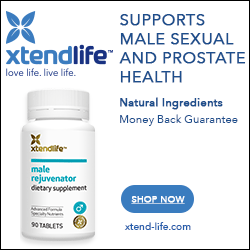TIME: How Sugary Cereal Makers Target Kids
The Nov. 2 issue of TIME magazine has a great article on the latest report from the Rudd Center for Food Policy and Obesity: “Sweet Spot: How Sugary Cereal Makers Target Kids.”
Rudd researchers just finished crunching Nielsen and comScore data — which track television and Internet marketing — to figure out exactly how much cereal advertising kids see. The result: obesity researchers for the first time have hard data proving that the least healthy cereals are the ones marketed most aggressively to children.
…The Rudd findings, which will be detailed at CerealFacts.org in time for the Obesity Society’s annual meeting in Washington on Oct. 26, show that each year preschoolers (ages 2 to 5) see an average of 507 cereal ads that are designed to appeal to kids. The report also details how sugary-cereal makers are interacting with young consumers online through video games like Lucky Charms Charmed Life and Cinnamon Toast Crunch Swirl.
A summary of the Rudd report is here. It’s an eye opener. Among the highlights:
- Compared to cereals marketed to adults, those marketed to children have 85% more sugar, 65% less fiber, and 60% more sodium. Together, cereal companies spend more than $156 million per year marketing to children.
- Products with poor nutrition ratings such as Lucky Charms, Reese’s Puffs, and Cookie Crisp average three to four health claims on every box. Most cereals with the worst nutrition ratings are classified as “better-for-you” or “Smart Choices” by the companies.
- Of the ten cereals with the worst overall impact (nutrition and marketing scores combined), six are products from General Mills, three are from Kellogg, and one is from Post.
- The average preschooler sees 642 cereal ads per year just on television, almost all for cereals with the worst nutrition ratings.*
- The Millsberry.com website from General Mills averages 767,000 young visitors per month and Postopia.com averages 265,000 young visitors. The vast majority of pages on these sites feature cereals with poor nutrition ratings.**
- Cereal company websites are highly engaging. Young people visiting the sites remain there a long time, an average of 23.7 minutes per visit in the case of Millsberry.com. Cereal products are often turned into toys or playthings on these sites and are associated with fun and in some cases, good health. Cereals with poor nutrition scores are also advertised on Nickelodeon, Disney and Cartoon Network websites.
- Cereal companies have made only slight progress in reformulating their products, dropping the average sugar content of cereals marketed to children from three-and-a-half to three teaspoons of sugar per serving.
- The cereal companies all have products that receive good nutrition scores, but few are marketed to children. Research shows that children will eat the healthier cereals.
Click here for the full, 102 page report. Also see TIME’s accompanying slide show, “The Sugary Brands Doing the Most Kid-Chasing.”



